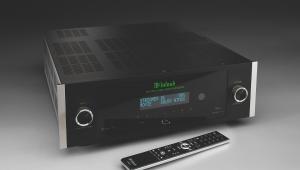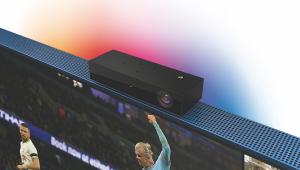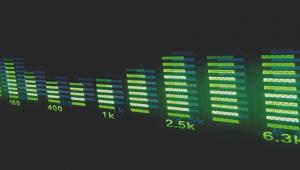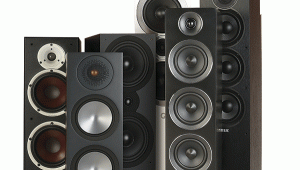Digital Copy: Size is everything

Forget LG and its OLED screen, forget Toshiba and its glasses-free 3D TV, forget Samsung and its Smart fixation – the most exciting development in the TV market at the moment is from Sharp. Strange, but true.
The product in question is Sharp’s forthcoming 80in LED TV, the snappily-titled LC-80LE632U. And what’s so special about it? Really, not that much – apart from the screen size. It’s 80in! Something that needs to be seen to appreciate. If you think a 55in panel is impressive, you’ll soon need to think again.
For this monster TV, Sharp has dumped its Quattron quad-pixel tech, and eschewed local dimming of its LED backlighting system. It’s done this to keep the price down. Sharp wants its super-size screen to be as affordable as possible (it’s talking of a €5,500 launch tag), because it’s committed to creating a new sector in the market. Basically, one where everyone buys a much bigger flatscreen than anyone previously thought sensible. This is the kind of thinking that I applaud.
Now, I know what you, or your family members, are saying – ‘My TV is already too big for my living room!’ Don’t fret. Sharp has the research to prove such a statement is complete piffle.
Growth industrySharp’s strategy is based, firstly, upon GfK data that shows the average size of TVs is growing, from less than 28in a few years ago to 32.5in in 2012. It is, of course, quite a jump from 32.5in to 80in, but this is where an additional study, conducted by the forward-thinking Japanese broadcaster NHK, comes in.
The crux of this boffinery is that for the most ‘realistic sensation’ when watching a TV – which, assumes NHK, is what we’re all hankering for – it needs to take up 30 degrees of your horizontal vision. Add this requirement to the average viewing distance of a UK living room – 2.7m apparently – and you arrive at an optimum screen size of 60-80in. I’m not quite sure why they can’t say exactly what the size should be, but I’ll let them off.
Immediately, this makes pretty much everyone else’s TV lineups seem woefully inadequate – Sony’s flagship Bravia, for instance, maxes out at 55in. Not good enough, says Sharp.
Back in my house I put Sharp’s theory to the test. The distance from my sofa to the screen is 2.6m, and my regular display is 46in. According to the research, that’s too small. And my eyes agree. I could comfortably have a 70in panel in my room and, yes, my TV-watching experience would be all the better for it. Sharp is trying to teach this particular grandmother to suck eggs.
So what’s been stopping me getting a larger display? Well, firstly, my wife’s insistence that our living room shouldn’t look like a branch of Comet. Anything that’s going to dominate a room to that extent will need to appear immaculate, classy, luxurious – and I’m not sure Sharp’s new set fits that bill. But more importantly, it’s the cost. Bang & Olufsen will happily sell you an 85in TV, but wants £66,000 in return.
This is the beauty of Sharp’s new direction. Make ‘em big, sell ‘em cheap is, on the face of it, a simple idea, but one which no one else has yet truly embraced. My suggestion? Whip out the Freeview HD tuner, bin the speakers and don’t bother with anything more than a single HDMI input – thus reducing the price even further and making super-size HD even more attainable.
Could you accommodate a larger TV in your setup?
Let us know via [email protected] or log-on and add your comment below
This column first appeared in the August 2012 issue of Home Cinema Choice
 |
Home Cinema Choice #351 is on sale now, featuring: Samsung S95D flagship OLED TV; Ascendo loudspeakers; Pioneer VSA-LX805 AV receiver; UST projector roundup; 2024’s summer movies; Conan 4K; and more
|






















































